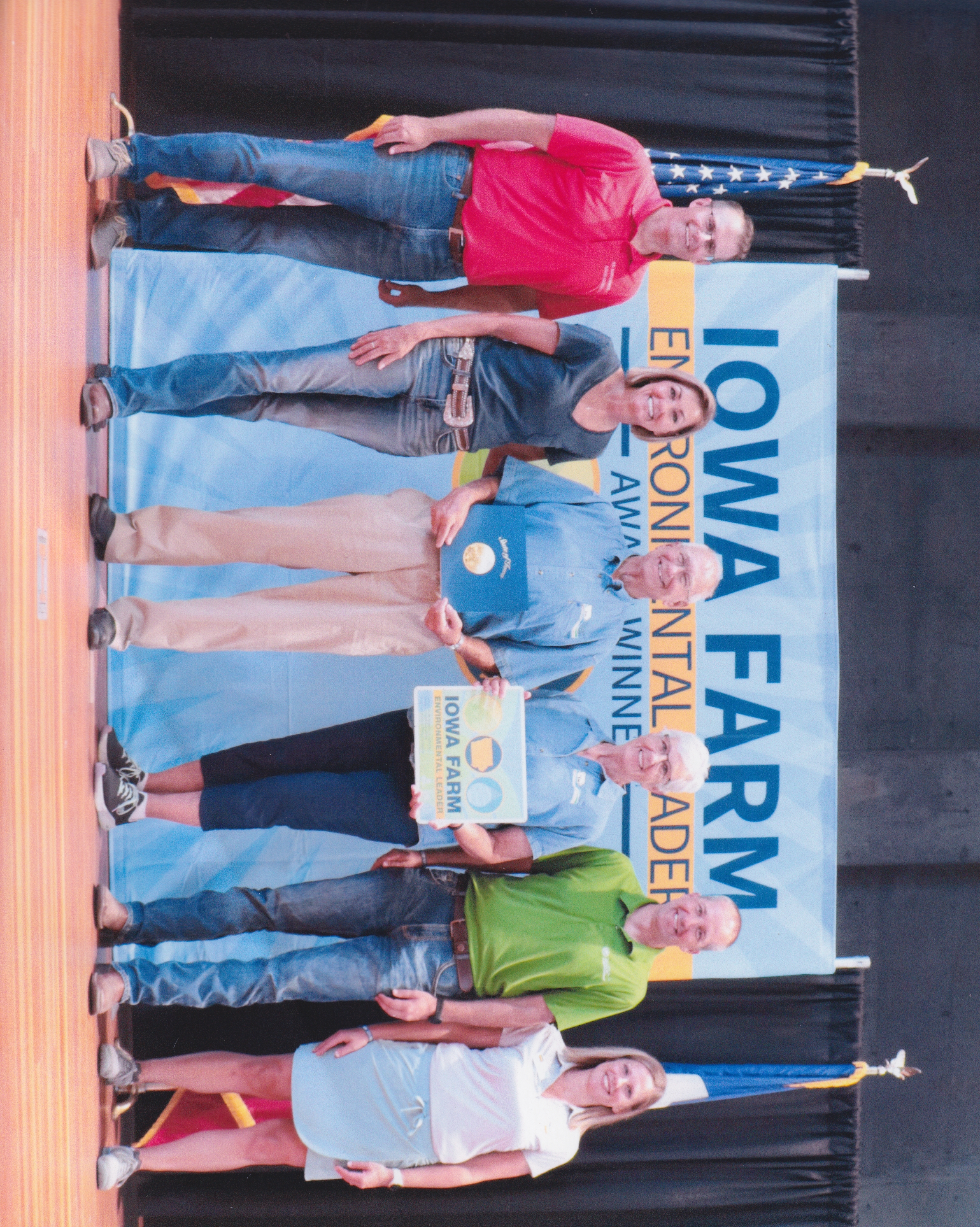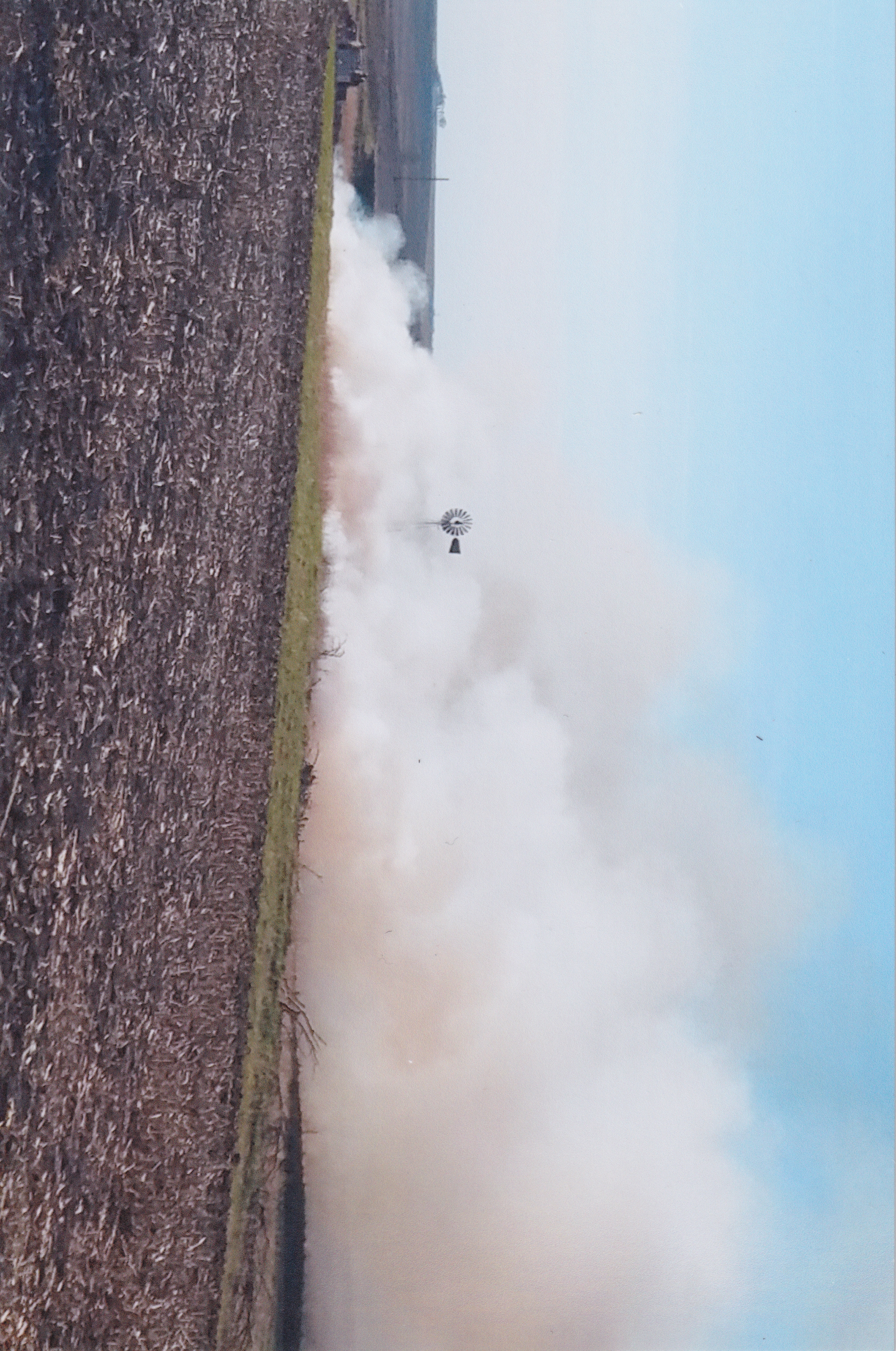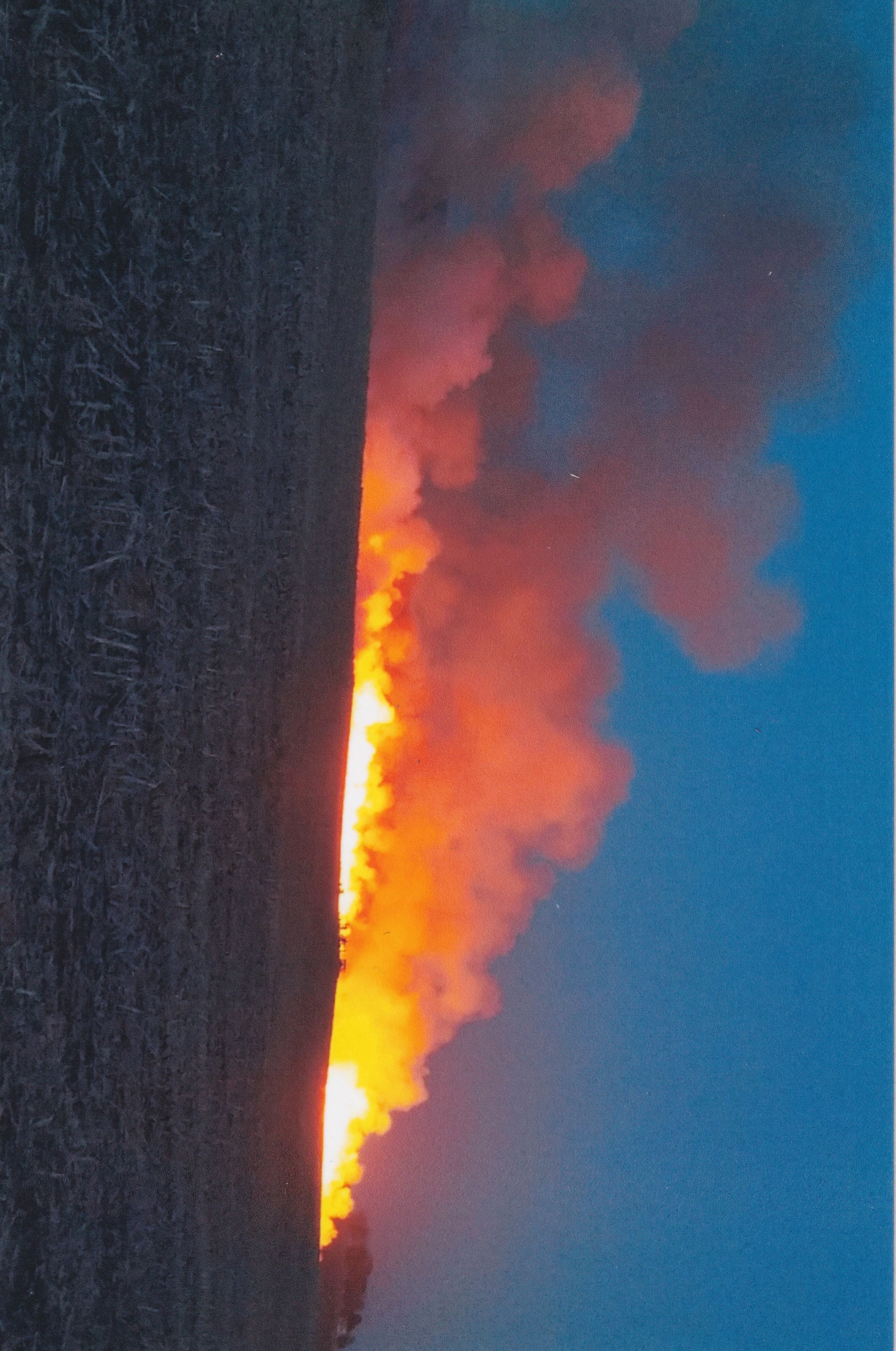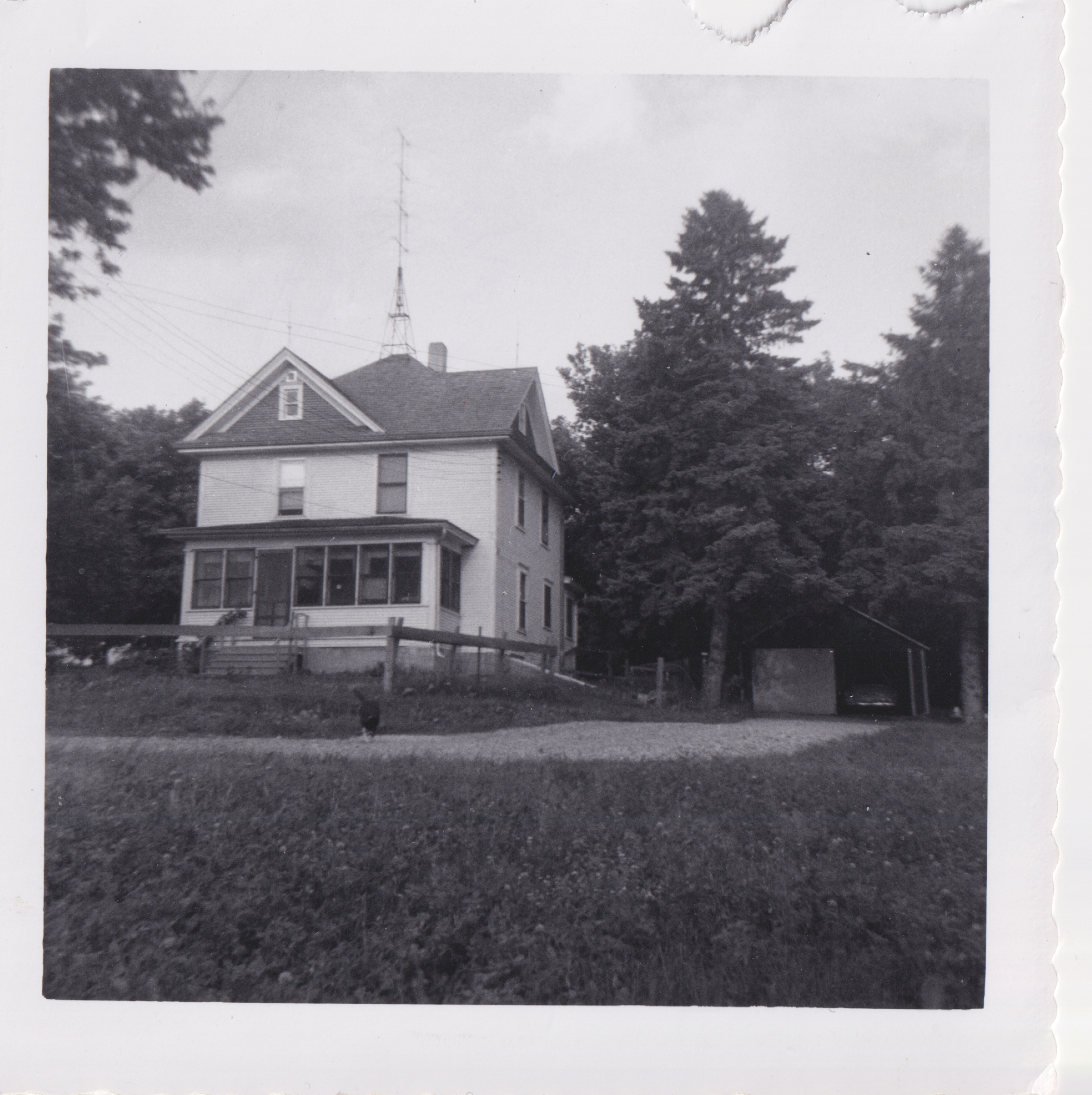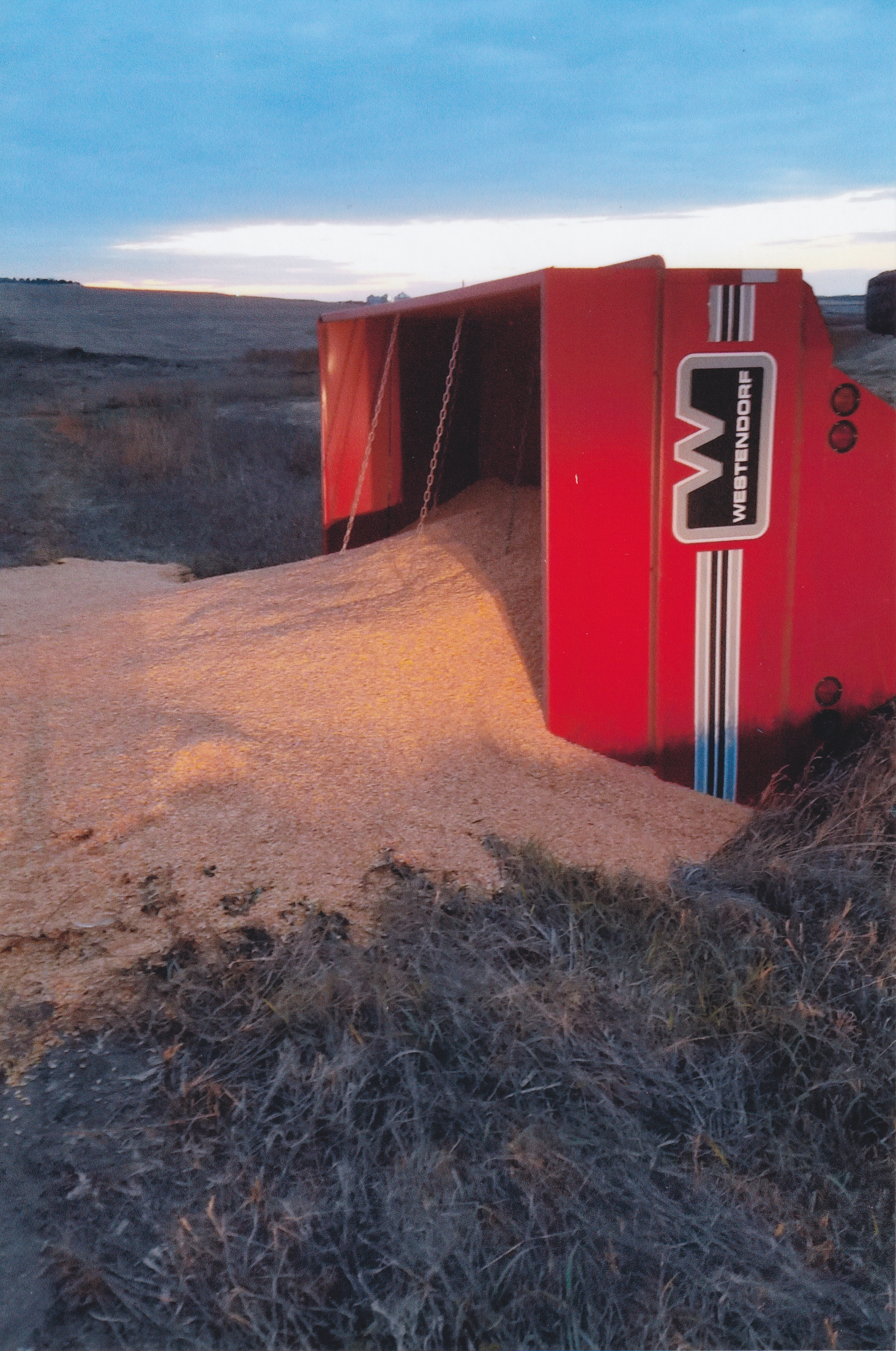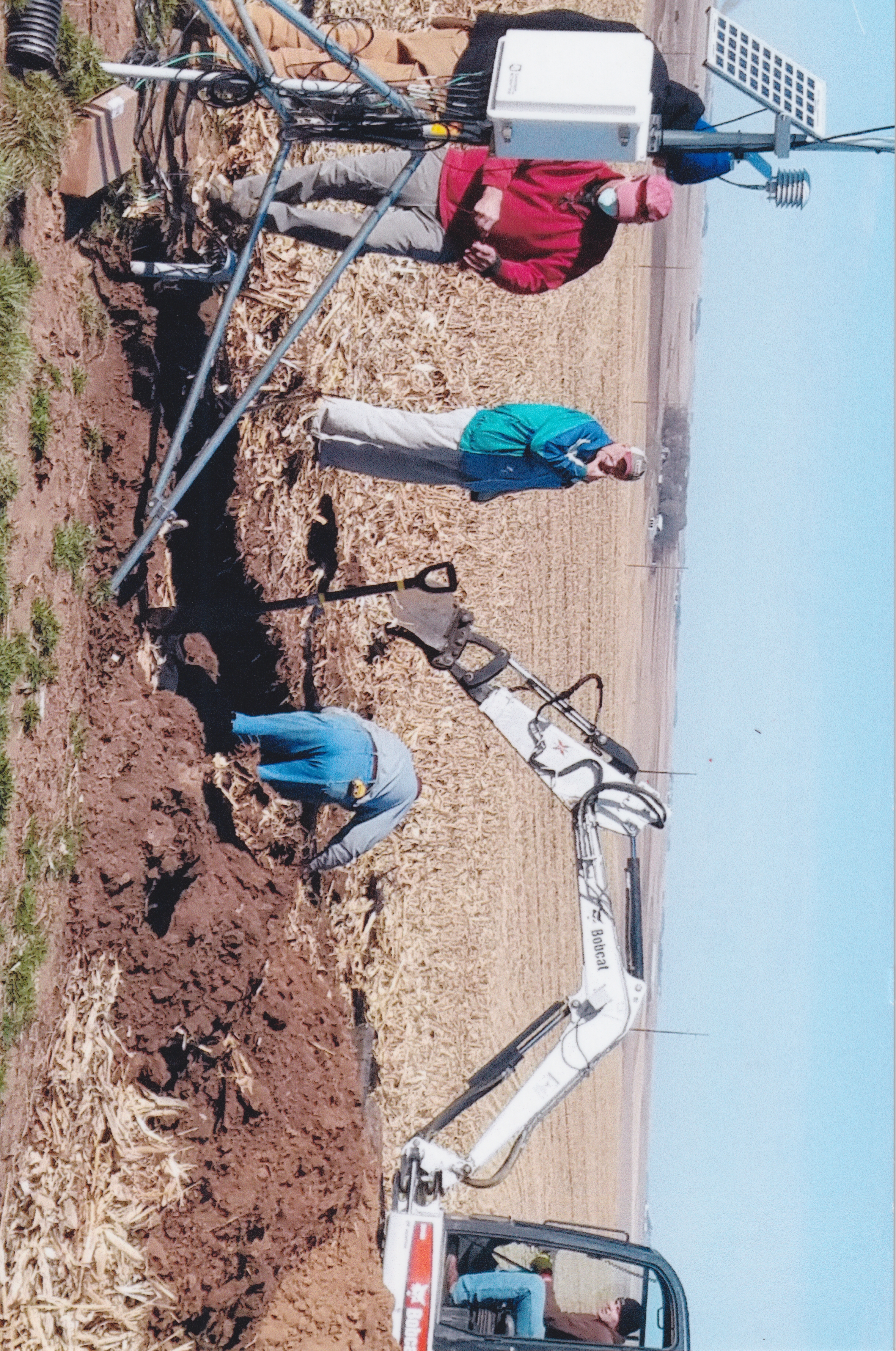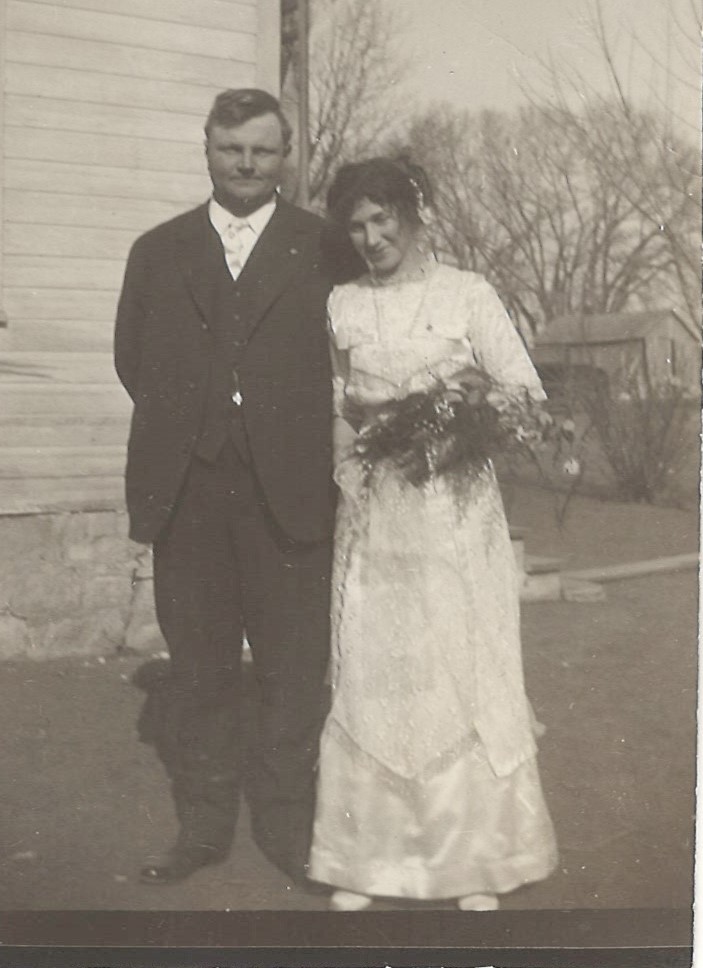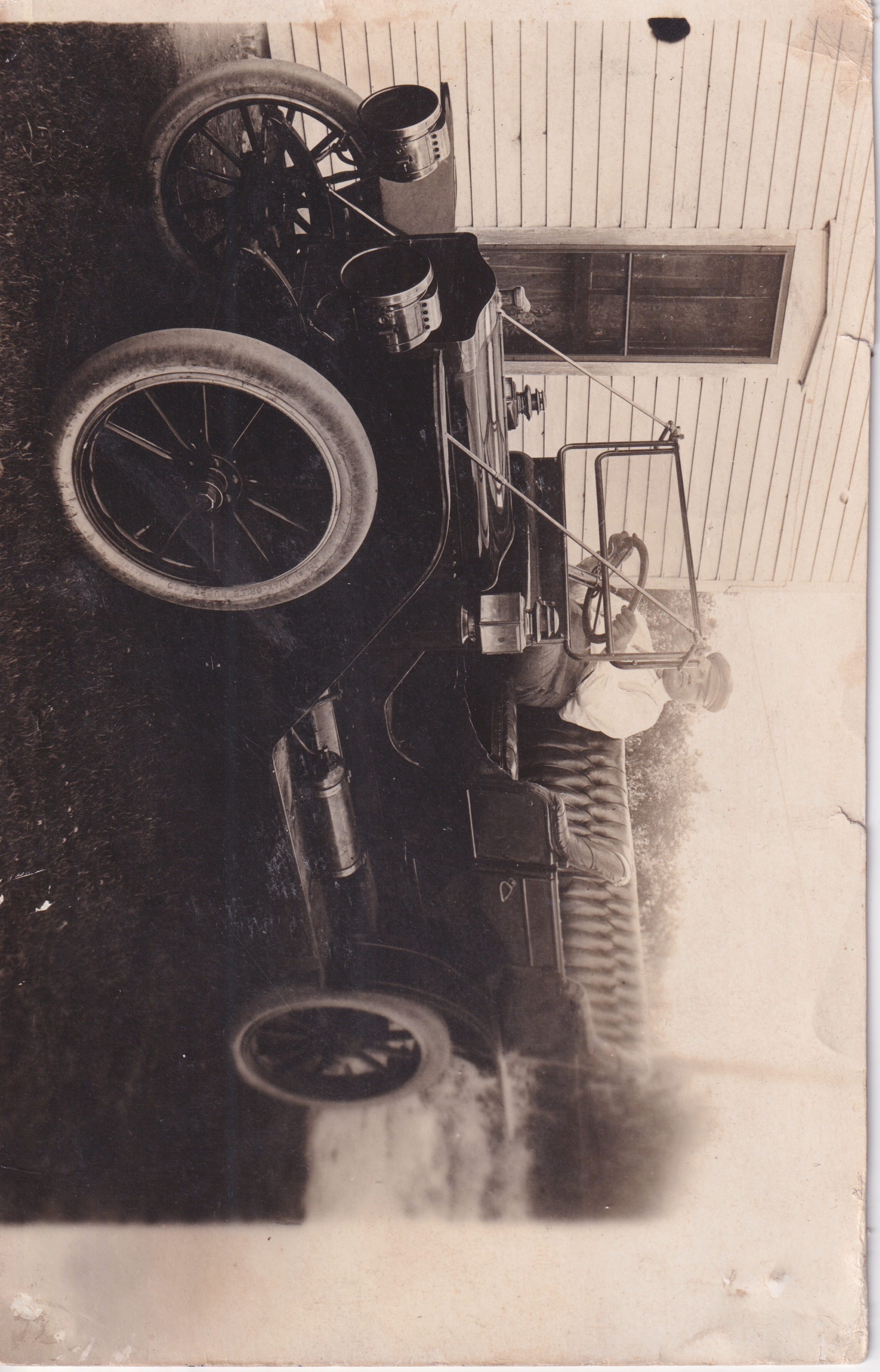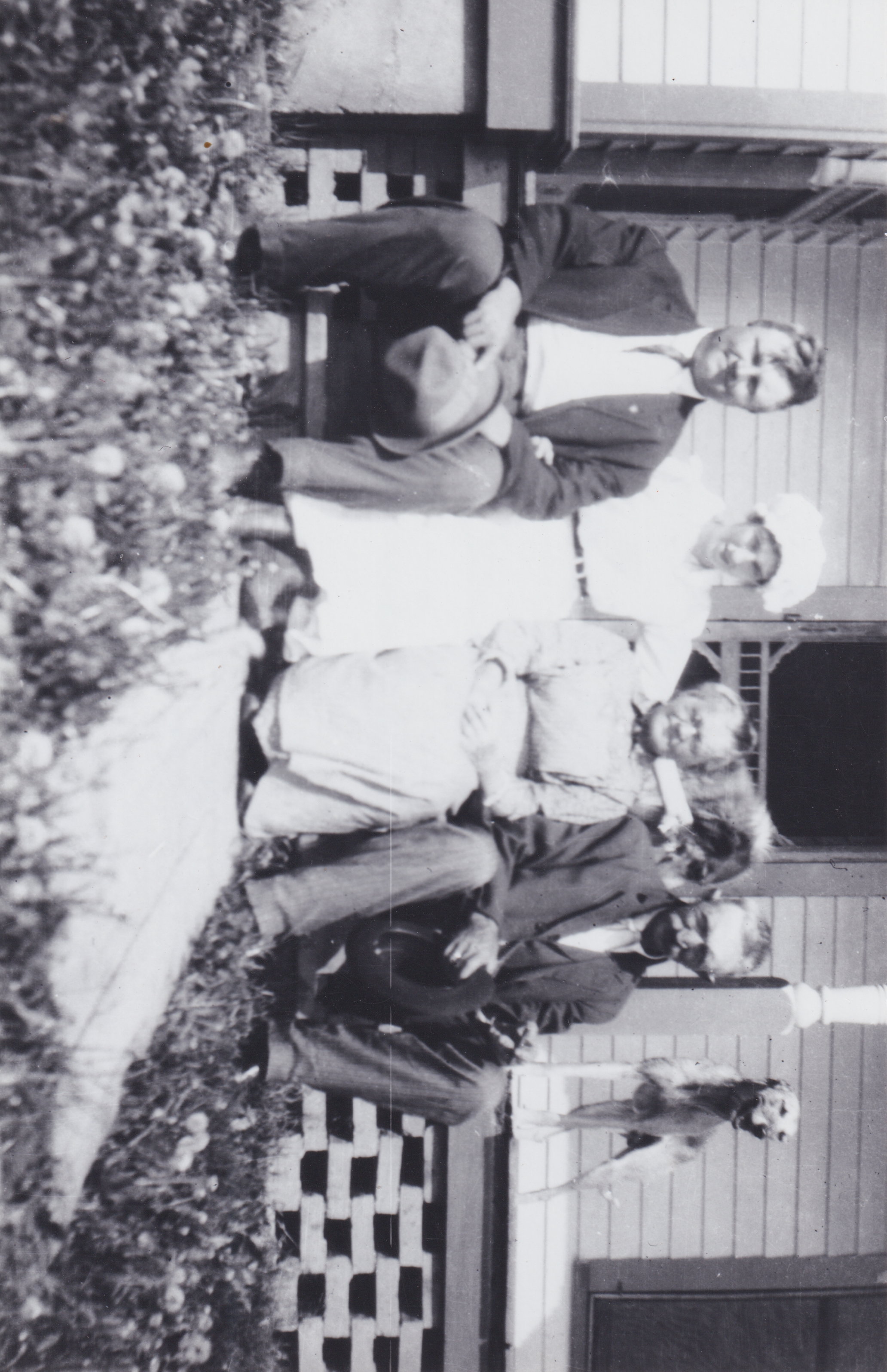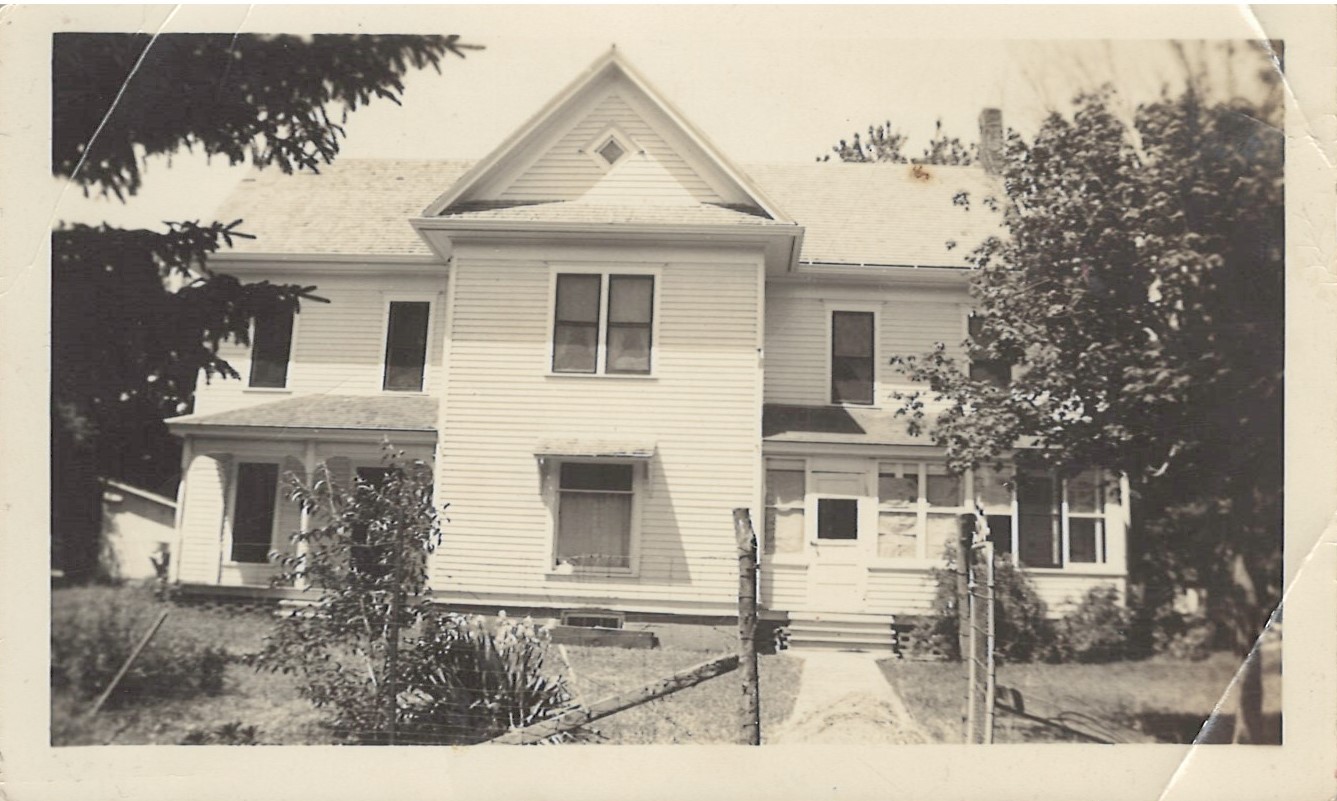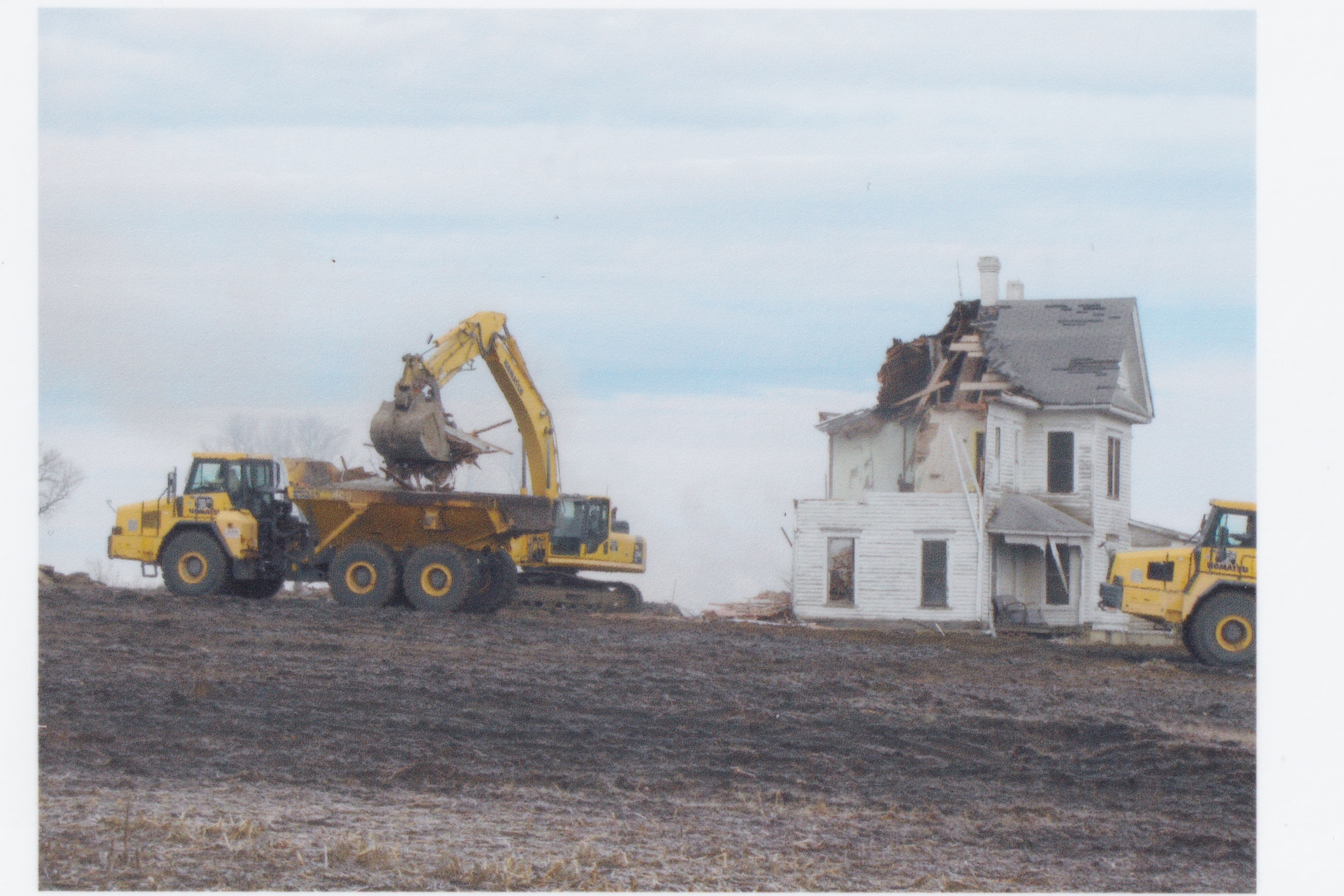Bindner Corn to Whiskey
Bindner Century Farm
Cherokee County, Iowa
Century Farm
Barrel Info - Bourbon
Age
39 Months
Barrel #
125
Char #
4
Barrel Proof
124.8
Bottle Proof
92
Batch #
220222-03
Bottled on
6/27/25
A Christmas gift
Linda got a puppy and I got whiskey but it cost me 50 bu. of my 2022 corn crop, but I got the best deal. -Tom
Tom Bindner’s children surprised him with a whiskey distilling experience using corn from the 130-year-old family farm. They had no idea they were preserving the last crop their father planted and harvested before illness caused him to retire from farming.
Successful Farming - Siblings Honor Dad With Whiskey Made From His Corn
Successful Farming - Farm to Flask: Bourbon Made from Dad’s Final Harvest Will Last Generations
Bindner Family Story
A legacy was started with the $6000 purchase by a husband and wife that has been in the family into the 5th generation. James Archibald Smith known as Archie and his wife Mary purchased the first half section of land that is now Bindner Farms in April of 1882. On this land they built a 2 story home, barn, corn crib, chicken house, and other sheds needed at the time. One acre of this was farm in the southeast corner was designated to be a one room school house, a learning center for neighborhood children for a number of years. 20 years after the original purchase of the ½ section they acquired for $4800 an additional 80 acres directly next to them to the north bringing the entire family holdings in Tilden Township to 400 acres.
First born to Archie and Mary was Herbert. He was born in 1890 and passed in 1894. 3 years later the second son was born named Norman. Norman grew up and as a young man married Lucile Skean. As a wedding present Archie and Mary deeded the 80 acres purchased in 1902 to Normie and Lucile. They built a 2 story house on their land and developed a second farmstead there.
Normie and Archie farmed oats, corn and hay, along with maintaining pasture land for the cattle and horses needed at the time to farm. Together the first and second generation laid the foundation of this family’s legacy.
Normie and Lucile were blessed with two daughters, Jean and Margery. The Smith families continued to operate the family farm. In 1933 the second moment of heartbreak struck them. Archie committed suicide – suffering from depression brought on by the struggles of drought and bad luck. It would have been easy for Norman and Lucile to give up and move on after the passing of his father but they battled on.
The late 30’s and early 40’s saw the girls go off to college, marry and start families of their own while Normie continued to operate this diverse family farm. Jean and her husband Wayne Baldner farmed the land for a few years until they chose to pursue other endeavors. The 1950’s saw the first non-family renters farming the land for a few years until Margery’s husband George Bindner and his family began operating the land in the mid 60’s. Major changes also happened in this decade, pastures were tilled up, many trees removed and the landscape changed to more of a row crop operation. The first terraces were constructed on this gently rolling land to protect the soil and conserve water. Over the years additional terraces, waterways with tile were installed and fragile creek bank areas were enrolled in the Conservation Reserve Program in 2016.
George and Margery had 6 children, the second oldest being Thomas. In 1964 Thomas began operating what today is known as Bindner Farms. Norman passed in 1967, willing the land to his 2 daughters and creating a life-estate for his wife. In 1968, Jean sold 80 acres to her nephew Thomas who was operating the farm. Later that same year Thomas married Linda, they moved into the farmstead that was founded in 1902 and began their life together.
Tom, his brothers and father farmed this and another family farm near LeMars together for some years, until Tom decided it was time to move on and farm on his own. Tom and Linda had 3 of the 4 children in the 70’s; Donald, Dennis and Diane. Together they raised the family who helped Dad with the farm raising corn, soybeans, oats, and popcorn. They also had a flock of sheep. In 1974 Lucile died leaving the rest of the land to Marge and Jean. In 1979 Tom and Linda bought another 40 acres of land from Jean.
Bindner Farms entered a decade that changed the agricultural landscape of Iowa and America permanently. After the success of the 70’s came the immense struggles of the 1980’s. Tom and Linda were not spared from the tumultuous time of the 1980’s farm crisis. Saddled with high interest and low prices, the perfect disaster had brewed and was being dealt with. Perseverance, hard work, and stubborn grit, and some good luck and family support were all necessary for this family legacy to continue. At times the hole seemed too deep to crawl out of but they kept fighting. Linda is a Registered Nurse and her salary helped meet the family living needs. In 1985, they were blessed with a healthy baby, Dean, the last of their 4 children.
The 90’s saw the end of the farm crisis but the pain and scars remained. Conditions improved, the family continued to farm planting corn and soybeans, and raising sheep. Better days were ahead for Bindner Farms. The older children went off to college, married and start their own families. Dean continued in school and Linda transitioned into a management role in nursing after receiving her BA in Health Services Management in 1993. The Bindner family had computers in their home early in the technology age and used them for marketing, business record keeping, writing high school and college papers and a little fun. In 1998, Tom and Linda purchased the remaining 80 acres of Jean’s land, a move that though scary at the time because of the memories from the 80’s, was one of the best decisions they ever made.
The farm continued to be operated by Tom and Linda thru the early 2000’s. Technology changed, machinery got bigger and more efficient and upgrades were being to be made to almost all of the machinery. Tom and Linda also fulfilled a 30 plus year dream and built themselves a new home, replacing the 100 year old house that originally stood on the farm. The early 2000’s were a welcome change for the Bindner family, but was also the calm before the storm.
In 2010, Dean would come home to begin farming with Tom while working a full time job in town. In 2012 Marge passed away. As unfortunately happens in many farm families an ugly and lengthy legal battle ensued. In 2015, Tom and Linda agreed to purchase the 200 acres of land that was Margery’s from Tom’s siblings to ensure their family operation and the Century Farm would continue on. A few months later, Tom and Linda sold 80 acres to his sister Georgia and her husband Robert Mayberry. After Margery’s estate settled, Bindner Farms began to host an ISU Weather Station on their land, one of the few on private property. Data from this and all the other ISU Weather Stations is available to the public on the ISU website. In 2019, Tom and Linda would once again embark on an adventure of building a new home, only this time in town. For the first time in his life Tom would not be living on a farm.
Dean is part of the 5th generation of the Smith/Bindner family to operate the farm. He purchased the acreage on the north side of the Century Farm and moved to the farm with his family. They continue to operate the land with Tom who in 2022 planted his 58 consecutive crop on that land. With health concerns and age beginning to catch up with Tom the future remains uncertain. What is certain… through good times and bad, tragedy and triumph, the Great Depression, Wars, from horse power to mechanization, The Farm Crisis and family squabbles; the farm remains ours. As we have been writing our story, Tom and Linda’s children who are not directly involved in the farming operation were each asked to share one memory about growing up on the Century Farm.
Donald, who usually didn’t want to get up early, remembers getting up early on summer mornings to care for and work with his 4-H lambs. Something that surprised him at the time was how cool the mornings were and how warm the water stayed in the water troughs. He and his brother Dennis showed sheep at the Cherokee County and Marcus Fairs for several years.
Dennis remembers the 8 to 10 foot high snow drifts in the back yard before the windbreak was planted, digging holes and tunnels into the drifts and then reinforcing their walls with water to make ice and the edges of their play spaces more solid. He also remembers that inside side the fort, it was warm as compared to the outside temperatures. Of course, he and his older brother did not tell anyone about this somewhat dangerous activity they were enjoying.
Diane remembers that as a novice driver she was asked to take some lunches to the field using the grassed drive along the north and west fences of the farm. When she got to the corner, she did not realize how long it took to slow down to make a sharp turn and put the Ford Crown Vic through the property line fence. Nothing bad happened; she put a few scratches on the hood with the barbed wire and had to get help to get the car out of the fence. She also remembers not being in much trouble as her Dad realized Diane learned an important lesson about how long it takes to slow down a car to turn a corner.
The farm is our Legacy, we are its people. God willing, the legacy will continue… Because we are farmers… it’s who we are and it’s what we were always meant to be.
Gallery


